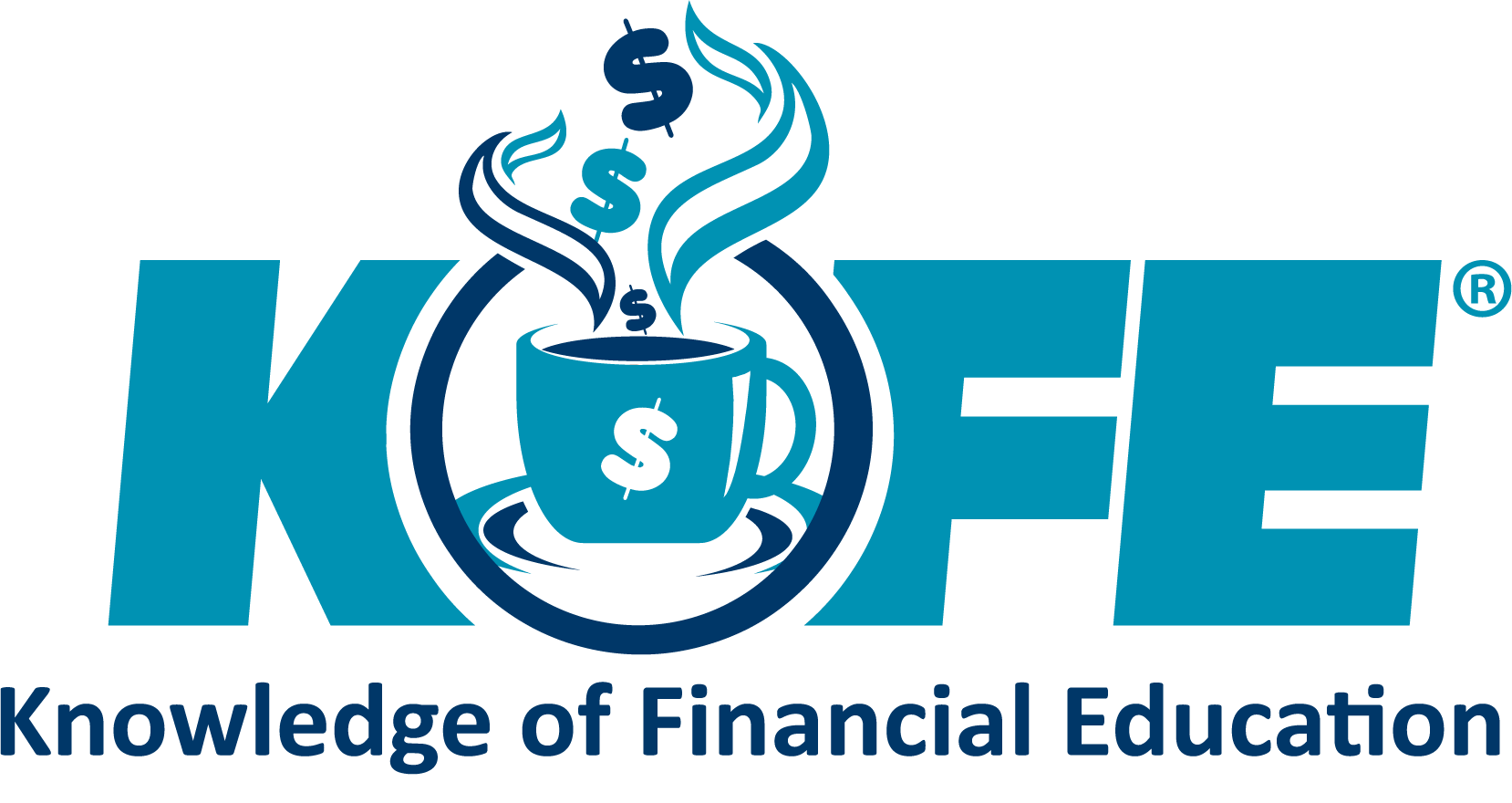Expense Worksheet for Fixed Expenses
Monthly Expense
Current Payment
$
$
$
$
$
$
$
$
$
$
$
$
$
Expense Worksheet for Flexible Expenses
Monthly Expense
Current Payment
Adjusted to Balance Income
$
$
$
$
$
$
$
$
$
$
$
$
$
$
$
$
$
$
$
$
$
$
$
$
$
$
$
$
Expense Worksheet for Discretionary Expenses
Monthly Expense
Current Payment
Adjusted to Balance Income
$
$
$
$
$
$
$
$
$
$
$
$
$
$
$
$
$
$
$
$
$
$




